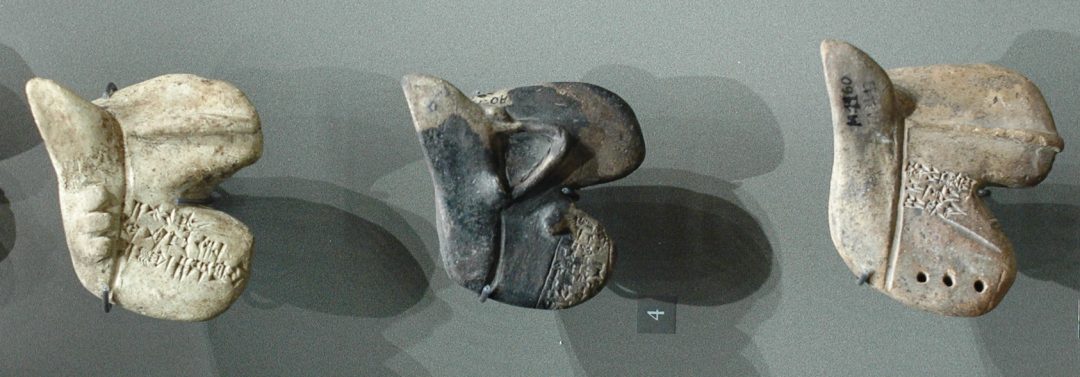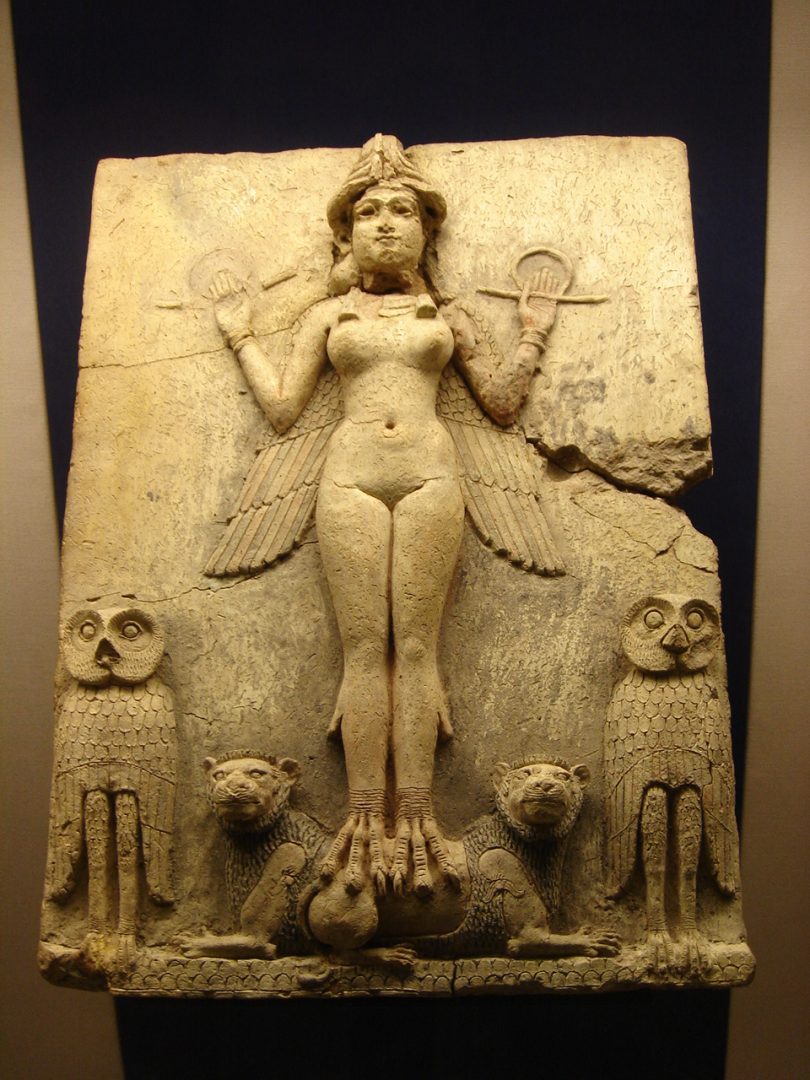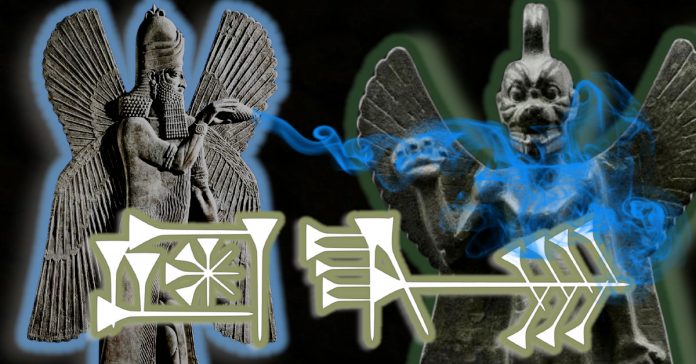Ancient Mesopotamian healing traditions represent a sophisticated synthesis of empirical medicine and ritualistic magic, particularly in addressing ailments attributed to supernatural forces such as ghosts. This article examines the interplay between magic and medicine in Mesopotamia, focusing on the treatment of ghost-induced illnesses as documented in cuneiform texts. Drawing on JoAnn Scurlock’s seminal research, it explores diagnostic methods, therapeutic rituals, and the cultural significance of these practices within their historical context.

By Osama Shukir Muhammed Amin FRCP(Glasg) – Own work, CC BY-SA 4.0, https://commons.wikimedia.org/w/index.php?curid=70044682
Introduction
In ancient Mesopotamia, health and illness were understood through a dual lens of natural and supernatural causation. Medical practitioners, known as asu (physicians) and asipu (exorcists), collaborated to address both physical symptoms and spiritual disturbances 3. Ghosts (etimmu or gidim ) were believed to inflict psychological and somatic afflictions, necessitating treatments that combined herbal remedies, surgical procedures, and magical rituals 5. This holistic approach underscores the Mesopotamians’ nuanced view of health, where empirical observation coexisted with demonological theories 2.
Ghosts as Agents of Illness
Mesopotamian texts attribute various illnesses to malevolent spirits, particularly ghosts of the deceased who were improperly buried or harbored unresolved grievances. These spirits were thought to cause epilepsy, mental distress, and chronic pain 7. Scurlock’s analysis reveals that ghost-induced illnesses were often linked to societal or personal sins, such as neglecting funerary rites, which disrupted cosmic order (me ) 3. Diagnostically, symptoms were interpreted through divination, including liver omens (Bārûtu ) and dream analysis, to identify supernatural causation.

Therapeutic Strategies: Blending Magic and Medicine
Treatments for ghost-related ailments required addressing both the physical and spiritual realms.
- Magical Rituals : Incantations (namburbū or “rituals of undoing”) were recited to appease ghosts, often accompanied by offerings of food and drink. Exorcisms involved the use of figurines, fumigation, and symbolic actions to banish spirits 5.
- Empirical Medicine : Herbal concoctions, poultices, and surgeries were employed alongside magic. For instance, a patient exhibiting symptoms akin to hyperthyroidism (e.g., weight loss, palpitations) might receive a blend of medicinal herbs while undergoing purification rites 4.
- Cultic Practices : Temples dedicated to healing deities like Gula provided sanctuaries for ritual healing, emphasizing communal prayers and sacrifices 9.

The Interplay Between Sin, Magic, and Health
Mesopotamian medicine framed illness as a consequence of disrupted cosmic balance. Ghostly afflictions were often seen as punishments for moral failings, necessitating confessions and atonement rituals 3. Scurlock’s transliteration of therapeutic texts highlights formulaic apologies to deities, such as Shamash and Ea, to restore divine favor and expel malevolent forces 6. This integration of ethics, magic, and medicine reflects a worldview where health depended on harmonizing human actions with divine will 7.
Case Study: Ghost-Induced Illness in Practice
A 1994 clinical case study (retroactively analyzed through a Mesopotamian lens) illustrates this dual approach. A patient with hyperthyroidism, exhibiting symptoms like agitation and insomnia, might have been diagnosed with ghost possession. Treatment could involve both thyroid-regulating herbs and incantations to “unbind” the spirit’s influence 4. Such examples demonstrate how empirical and magical therapies were not mutually exclusive but rather complementary 2.
Legacy and Conclusion
Mesopotamian magico-medical practices influenced later traditions, including Greco-Roman and Islamic medicine. Scurlock’s work underscores their enduring significance in understanding the historical roots of psychosomatic medicine and the cultural construction of disease 7. By examining these practices, scholars gain insight into how ancient societies navigated the complexities of health, spirituality, and the unknown.
References
2. Magico-Medical Means of Treating Ghost-Induced Illnesses.
3. Staff View: Magico-medical means of treating ghost-induced.
4. Clinical case study with magico-medical parallels.
5. Scurlock’s transliteration of ghost-related texts.
6. Scurlock, Jo Ann. Magico-medical means of treating ghost-induced illness.
7. Review of Scurlock’s research on Mesopotamian practices.
8. Magico-religious practices in disease treatment.

